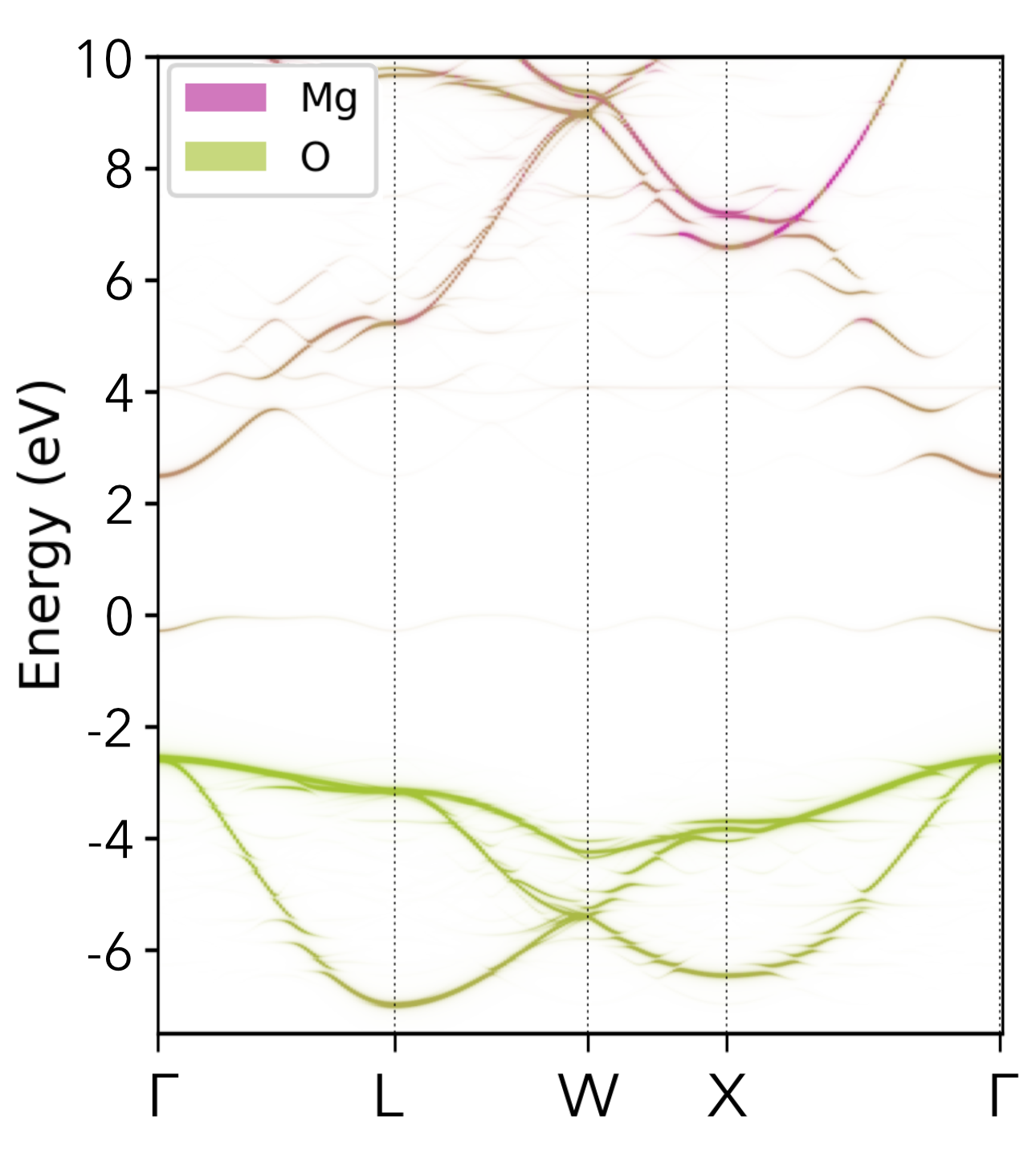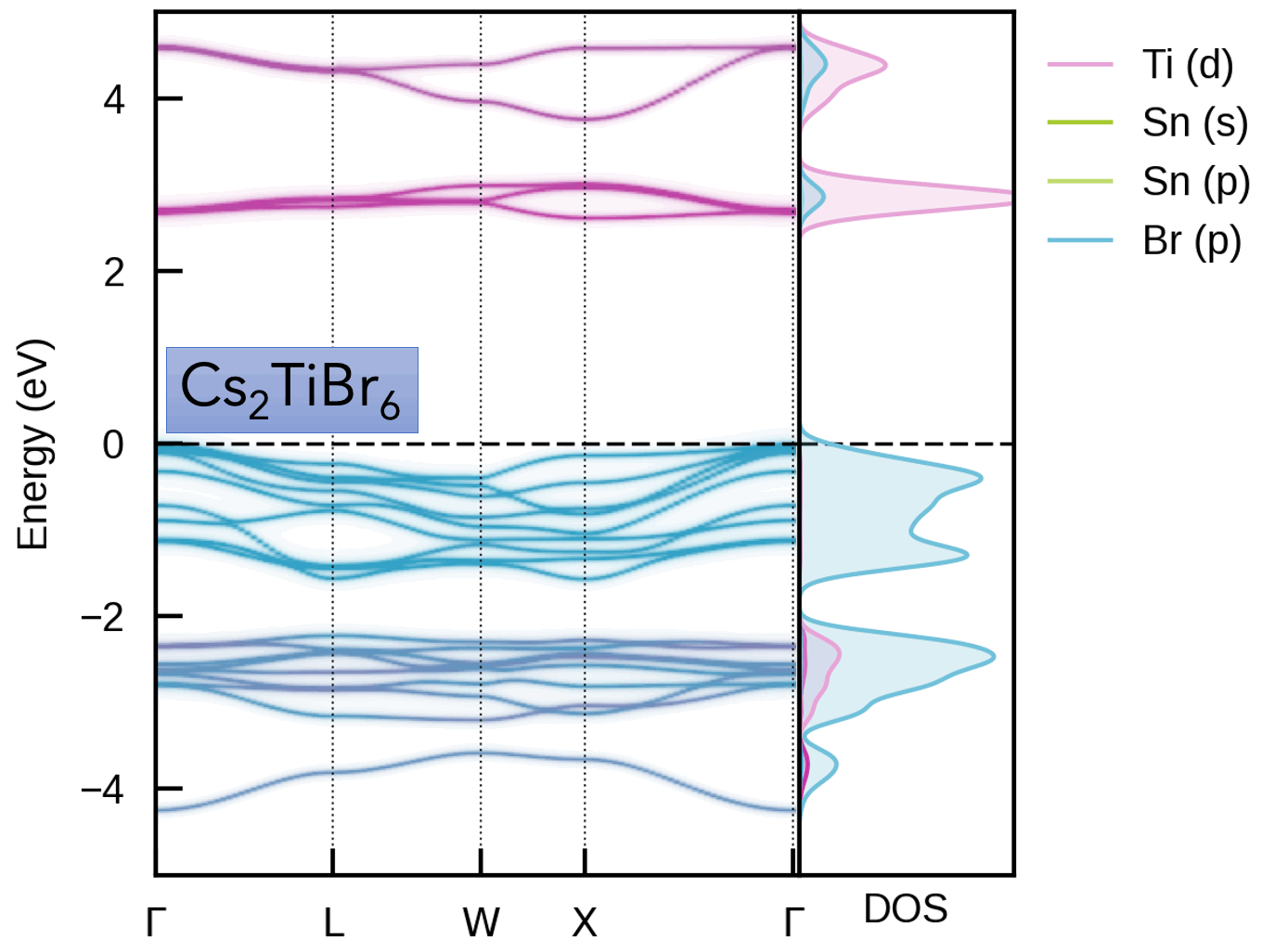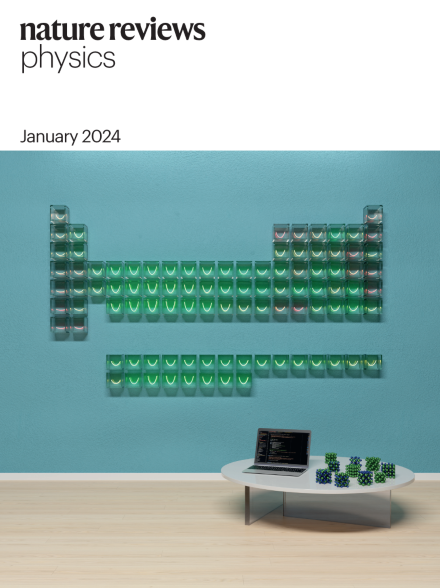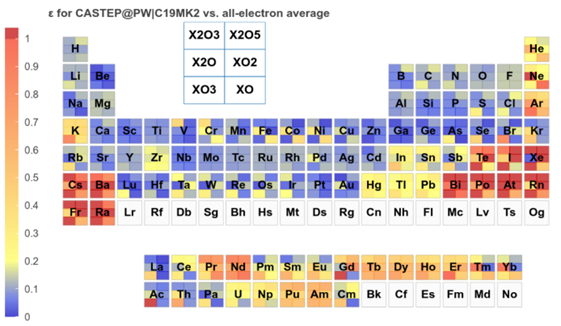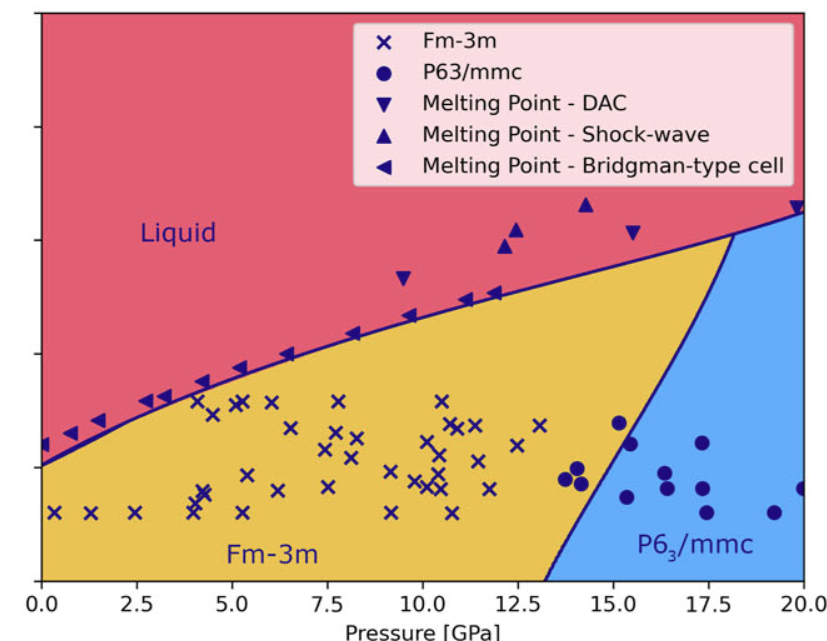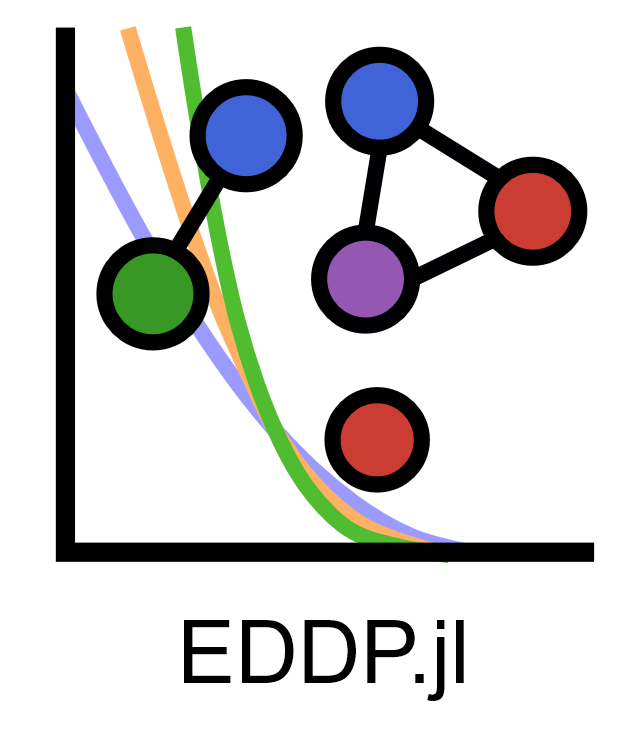I am are interested in developing tools for material simulations and use them to solve real-world problems.
Band structure unfolding
When a supercell is used for simulation, the band structure becomes folded in the reciprocal space. We have developed easyunfold, a Python package aimed at simplifying the process and help data provenance and sharing [1].
High-throughput workflows
AiiDA is a platform for executing calculations (workflows) and keeping track of data provenance while performing complex automated workflows [2]. We have developed plugins to interface it with density functional theory codes:
Both package also includes workflows to handle calculation error and automate simple routine tasks such as structure optimization and band structure calculations.
Advanced workflows can be found in the aiida-user-addons package, such as those for magnetic configuration enumeration, voltage curve calculation.
I have also developed a package to automate the process of running ab initio random structure searching (AIRSS) and analysing the results. This package is called DISP and is primarily aimed at running large scale searches distributed on multiple computers with flexibility and scalability. It uses a central database to store workflow data and results (so more like atomate).
Nonelinear optics
NLOTools.jl is a tool for computing linear and non-linear optics properties of materials. Primarily aimed for use with the CASTEP code but also compatible with VASP. This code will be open-sourced in the near future.
EDDP.jl
EDDP.jl (the package name may change in the near future in compliance with Julia naming conventions) is a Julia implementation of the Ephemeral Data-Driven Potential (EDDP) aim at efficiency and being test beds for further developments.
EDDP is a simple approach to construct machine learning interatomic potential for accelerating crystal structure prediction [3]. The atomic environments are described with up to three-body terms with Lennard-Jones inspired expansion terms. The descriptors are them fed to a ensemble shallow neural networks for prediction of energy of forces.
This approach is well-integrated with ab initio random structure searching (AIRSS).
References
2024
-
easyunfold: A Python package for unfolding electronic band structures
Bonan Zhu, Seán R. Kavanagh, and David Scanlon
Journal of Open Source Software, Jan 2024
Zhu et al., (2024). easyunfold: A Python package for unfolding electronic band structures. Journal of Open Source Software, 9(93), 5974, https://doi.org/10.21105/joss.05974
-
How to verify the precision of density-functional-theory implementations via reproducible and universal workflows
Emanuele Bosoni, Louis Beal, Marnik Bercx, and 42 more authors
Nature Reviews Physics, Jan 2024
Density-functional theory methods and codes adopting periodic boundary conditions are extensively used in condensed matter physics and materials science research. In 2016, their precision (how well properties computed with different codes agree among each other) was systematically assessed on elemental crystals: a first crucial step to evaluate the reliability of such computations. In this Expert Recommendation, we discuss recommendations for verification studies aiming at further testing precision and transferability of density-functional-theory computational approaches and codes. We illustrate such recommendations using a greatly expanded protocol covering the whole periodic table from Z = 1 to 96 and characterizing 10 prototypical cubic compounds for each element: four unaries and six oxides, spanning a wide range of coordination numbers and oxidation states. The primary outcome is a reference dataset of 960 equations of state cross-checked between two all-electron codes, then used to verify and improve nine pseudopotential-based approaches. Finally, we discuss the extent to which the current results for total energies can be reused for different goals.
2023
-
Developments and further applications of ephemeral data derived potentials
Pascal T. Salzbrenner, Se Hun Joo, Lewis J. Conway, and 5 more authors
The Journal of Chemical Physics, Oct 2023
Machine-learned interatomic potentials are fast becoming an indispensable tool in computational materials science. One approach is the ephemeral data-derived potential (EDDP), which was designed to accelerate atomistic structure prediction. The EDDP is simple and cost-efficient. It relies on training data generated in small unit cells and is fit using a lightweight neural network, leading to smooth interactions which exhibit the robust transferability essential for structure prediction. Here, we present a variety of applications of EDDPs, enabled by recent developments of the open-source EDDP software. New features include interfaces to phonon and molecular dynamics codes, as well as deployment of the ensemble deviation for estimating the confidence in EDDP predictions. Through case studies ranging from elemental carbon and lead to the binary scandium hydride and the ternary zinc cyanide, we demonstrate that EDDPs can be trained to cover wide ranges of pressures and stoichiometries, and used to evaluate phonons, phase diagrams, superionicity, and thermal expansion. These developments complement continued success in accelerated structure prediction.
